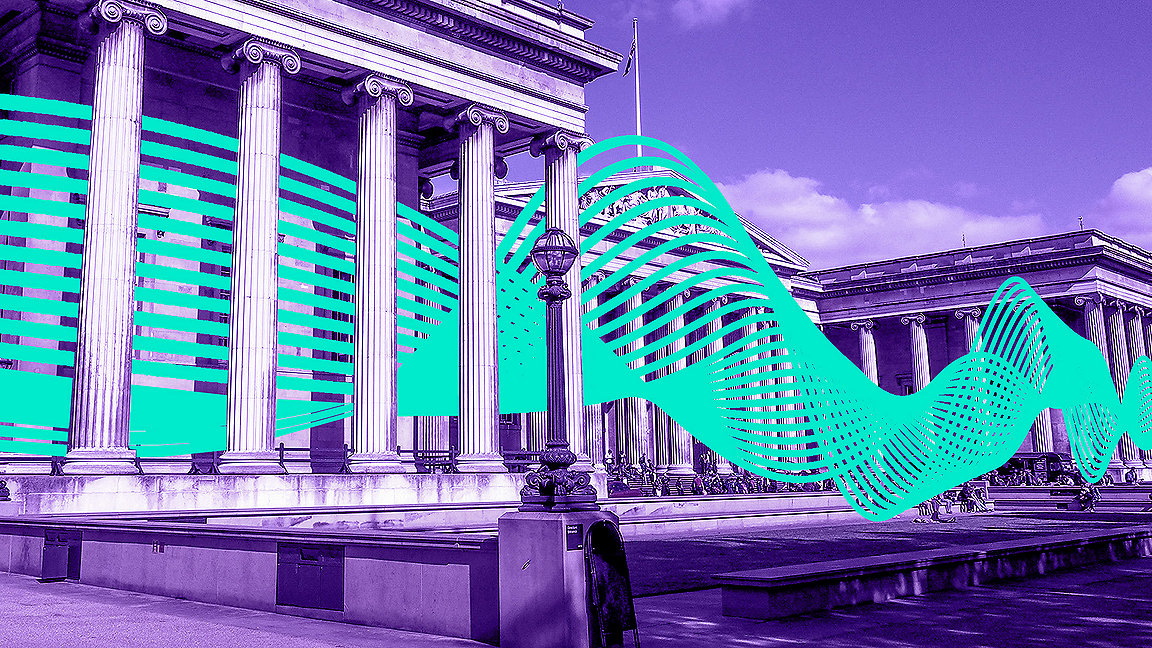
How has the way art surveyors assess the provenance of art and antiquities changed over the years? And what unique challenges are there in authenticating and valuing artworks from different regions and eras?
These are some of the topics considered in the latest episode of the Modus podcast, Building the Future.
Following up on themes raised in two Modus features from last year – Repatriating stolen art and How criminals use art transactions – we have invited three experts to discuss art provenance, digital technology’s role in verification and the repatriation of looted cultural items, such as the Benin Bronzes.
Speaking on the podcast are Marianne Magnin, executive director at Art Identification Standard (AIS), Alvah Beander FRICS, president of Melanin Art Appraisals, and Aubrey Catrone, owner of Proper Provenance.
Find out how a postcard discovered in the 1960s allowed the heirs to a Kandinsky painting worth $44m to prove rightful ownership, as well as why blockchain technology is only as reliable as the people inputting the data.
Listen and subscribe to the podcast using the links below.

Marianne Magnin
Marianne lives and works in London, as executive director of Art Identification Standard, an industry consortium introducing a standard for identifying artworks by using blockchain technology.

Alvah Beander FRICS
Alvah is a US-based valuation specialist who appraises African, African-American and African diaspora art. She is president of Melanin Art Appraisals.

Aubrey Catrone
Aubrey is a US-based art historian, provenance researcher and valuation specialist. She is the owner of Proper Provenance.





